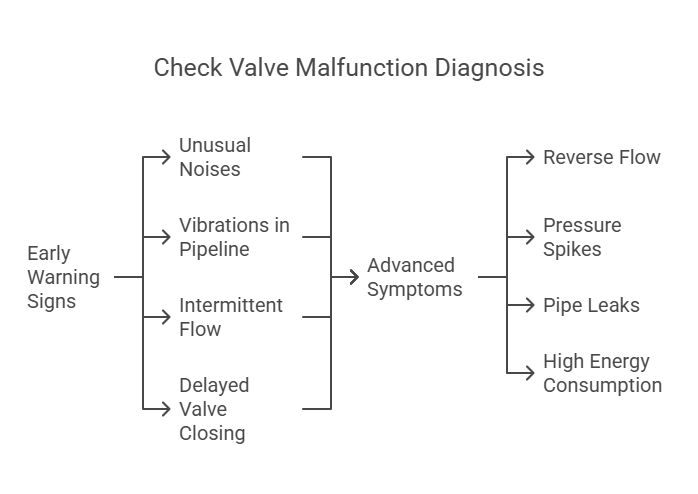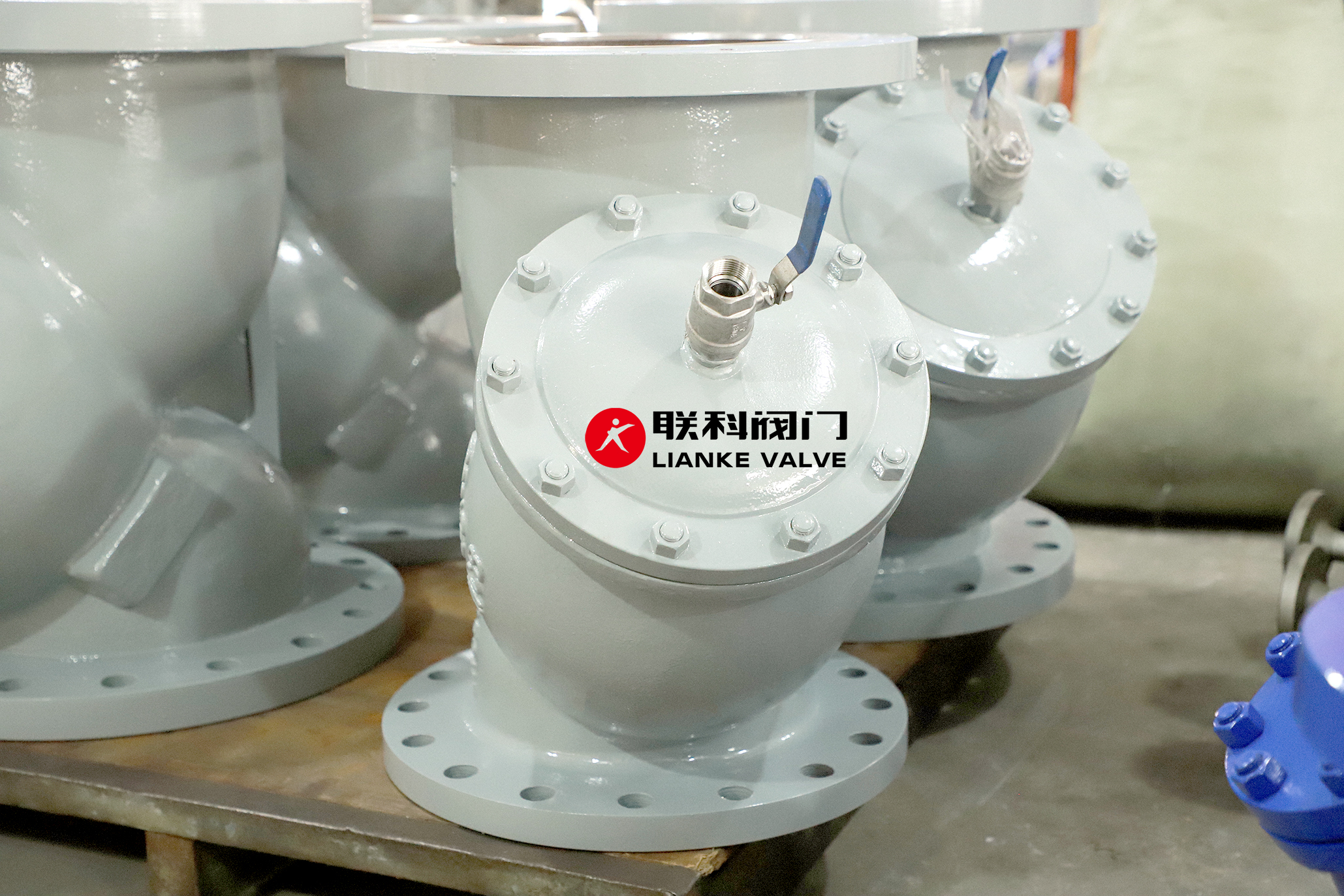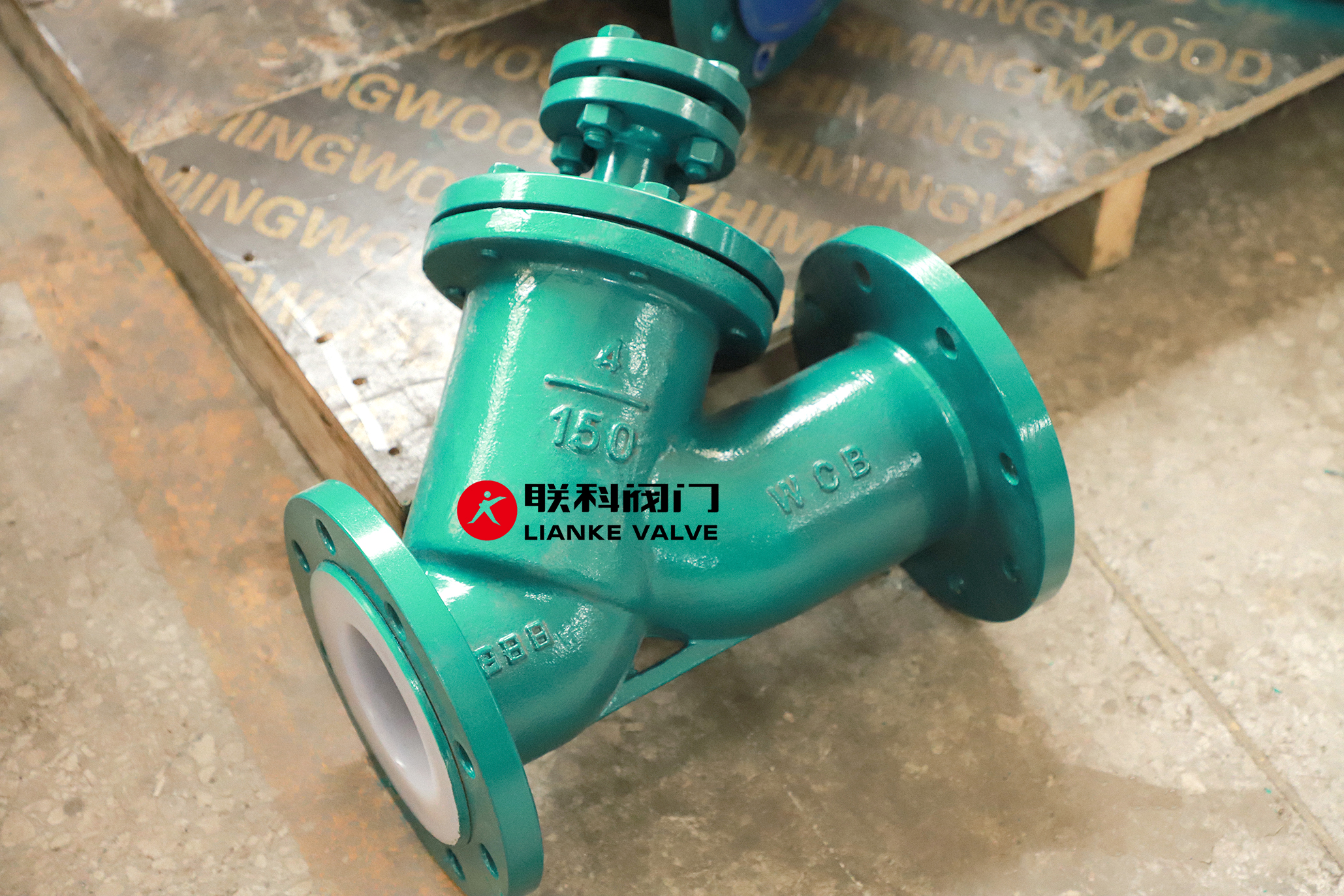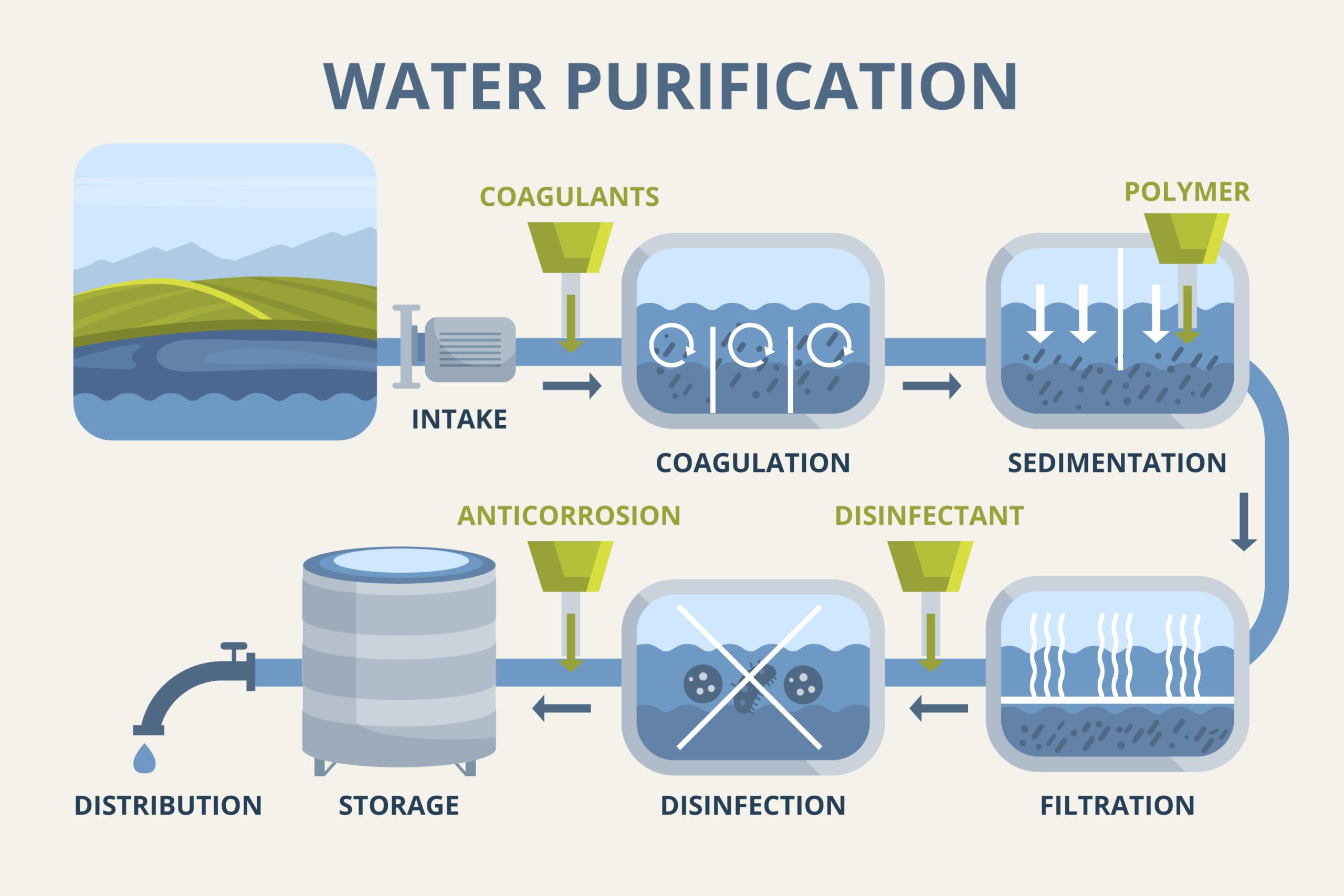

Check valves play a critical role in fluid systems by preventing backflow and ensuring smooth operation. However, when a check valve fails, it can cause significant damage to pipelines, pumps, and equipment. Recognizing the signs of a bad check valve early can help prevent costly repairs and system downtime.
This guide will walk you through how to tell if a check valve is bad, the symptoms of a bad check valve, the root causes of failure, and troubleshooting tips to keep your system running efficiently.

Check valves allow fluid to flow in only one direction. They open when there is enough pressure and close when it decreases or reverses, preventing backflow. Unlike other valves, check valves operate automatically and do not require manual control or external power.

Check valves often show warning signs before complete failure. Understanding these early indicators can help diagnose and resolve issues quickly.
Understanding why check valves fail can help prevent issues before they escalate. The most common causes include:
If you suspect check valve failure, follow this step-by-step troubleshooting process.
Regular maintenance ensures check valves function efficiently and last longer. Follow these best practices:
Using fast-closing valves is essential for preventing water hammer and sudden pressure surges that could damage the system. In high-temperature environments, replacing elastomer seals regularly ensures durability and prevents leaks. Monitoring system pressure routinely helps detect early signs of failure, allowing for timely maintenance and repairs.
A bad check valve shows signs like loud noises, vibrations, pressure fluctuations, and reverse flow. If your pump cycles irregularly or you notice leaks, the check valve is likely failing.
Common causes include incorrect installation, debris buildup, corrosion, and excessive pressure variations. Regular maintenance prevents premature failure.
Use pressure gauges to check for abnormal fluctuations, perform leak tests (MSS SP-61 standard), and inspect for sticking or blockages.
Regular maintenance, proper installation, debris filtration, and choosing the right valve type based on flow conditions help extend valve lifespan.
Check valve failure can disrupt entire systems, causing inefficiencies and costly repairs. By recognizing early symptoms, diagnosing issues with proper tools, and implementing preventive maintenance, you can ensure your system operates smoothly.For high-quality check valves that enhance system reliability, check out Lianke Valve for durable, precision-engineered solutions.
The Most Common Causes and Symptoms of Check Valve Failure
A Complete Guide To Check Valve Problems And Troubleshooting

ANSI Class Ratings for Y strainer flanges tell you how much pressure and temperature the flange can handle. These ratings help you choose the right flange material and design to keep your piping system safe and efficient. If you’re installing or replacing a Y strainer in a pipeline, understanding ANSI ratings isn’t optional—it’s essential. Choosing […]

To choose the right wye strainer, you need to understand mesh and screen size. These determine what particles your system can filter out. The finer the mesh, the smaller the particles it catches. This guide explains how to select the correct strainer mesh size, use a mesh size chart, and compare mesh size vs micron […]

When choosing a filter or strainer for your system, micron ratings tell you how small the particles are that your filter can catch. In simple terms, the smaller the micron rating, the finer the filter. Whether you’re in water treatment, chemical processing, or any industry that relies on micron filtration, knowing the right micron size […]

Municipal water doesn’t just show up clean at the tap—it’s the result of a carefully managed process. The liquid filtration process for municipal water treatment plants is the backbone of safe, clean drinking water. From removing dirt and debris to eliminating harmful pathogens, each step in this system ensures water meets strict safety standards. In […]



